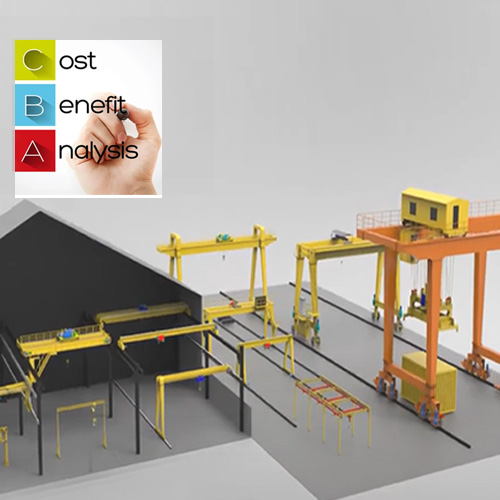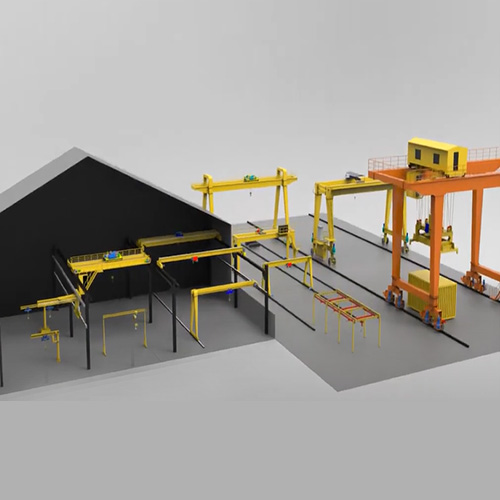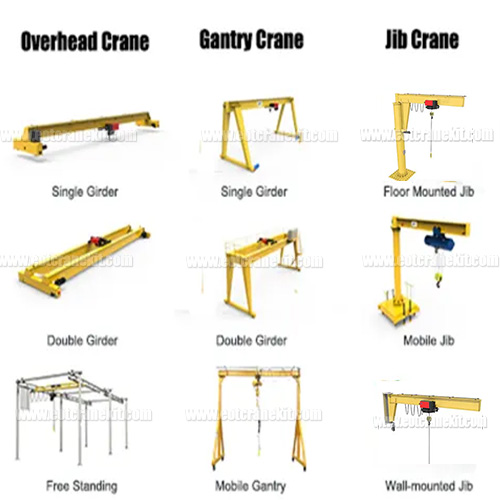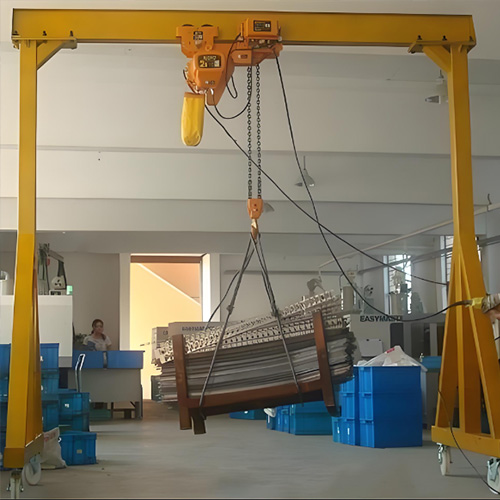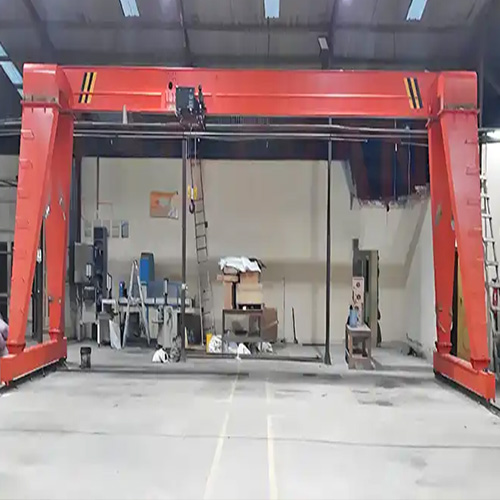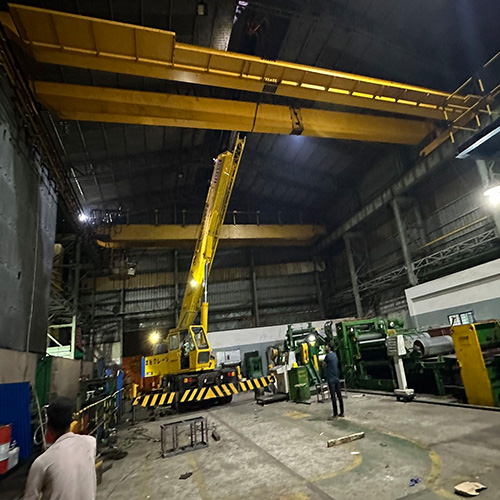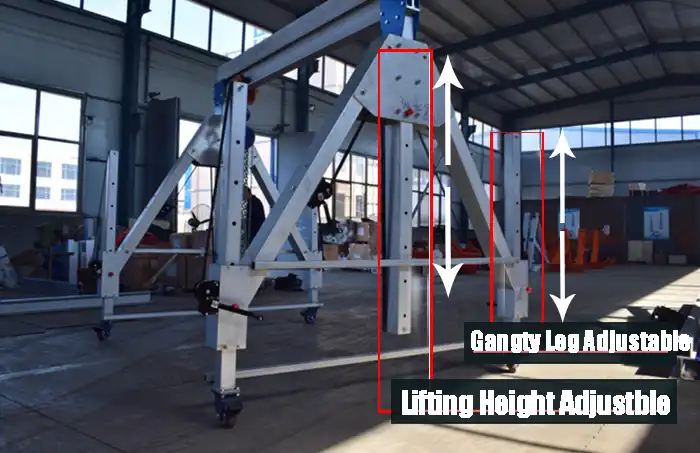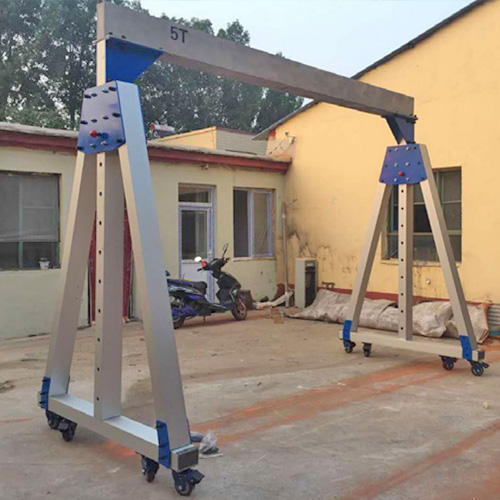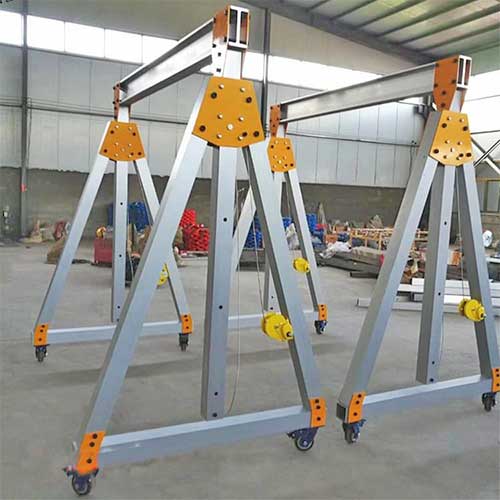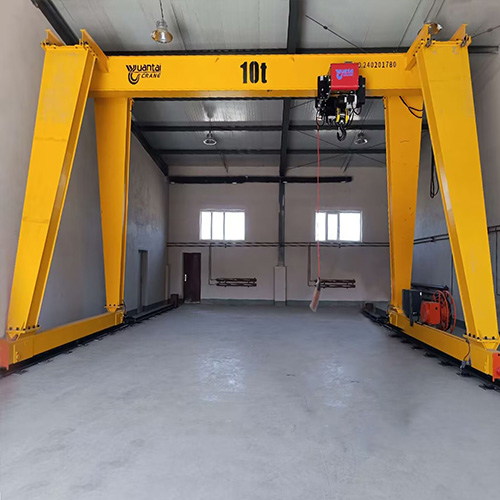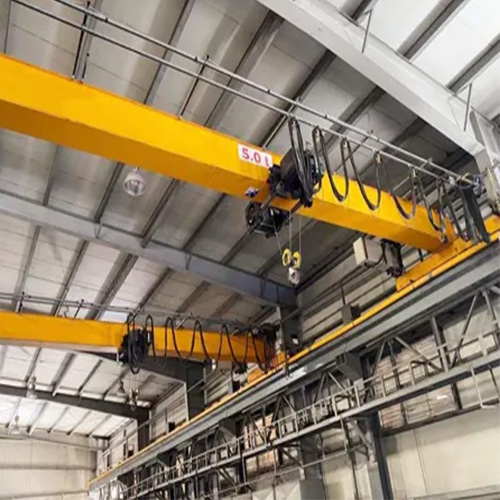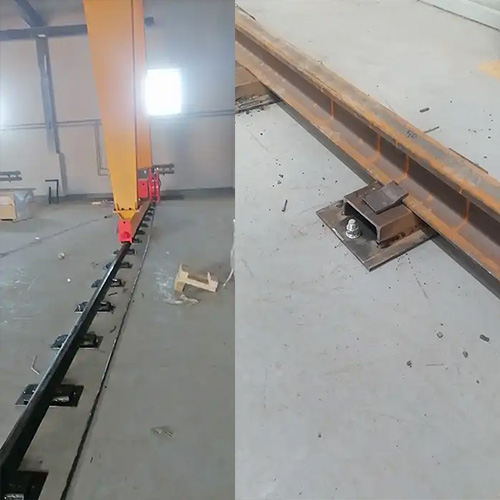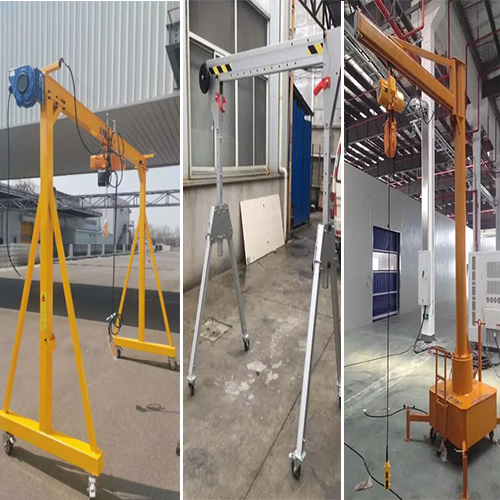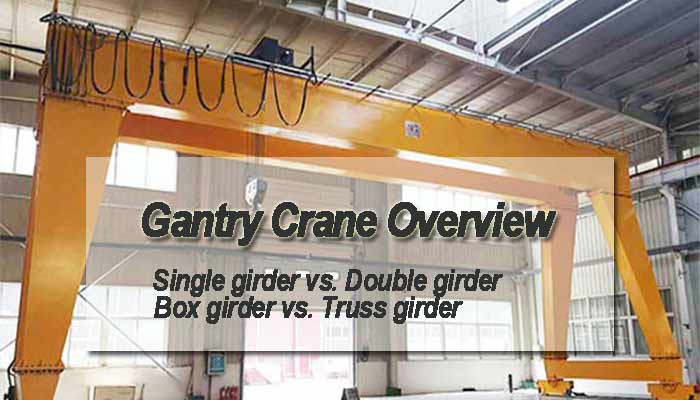
Gantry Crane Overview:All About Gantry Cranes
What is a gantry crane? A gantry crane is a type of overhead travelling crane that is supported by freestanding legs that travel on wheels or along a track or rail system. When overhead birdge crane is impracticle, gantry cranes are frequently considered.
Gantry cranes are commonly employed in outdoor applications or as a supplement to an existing bridge traveling crane system. A gantry crane, unlike a bridge crane, does not require permanent runway beams and support columns because it is not attached to the building's support structure. When compared to a comparably specified bridge crane, this can result in considerable material cost savings and be a more cost-effective alternative.
Larger gantry crane systems may run on a ground rail or track, usually in a straight line in a specialized work area. Smaller portable gantry cranes has a access to anywhere in your facility on castors or wheels for maintenance or small fabrication operations.
General use gantry cranes
- Gantry crane concept- The structure of gantry crane is similar to a door frame, with legs under the main beam to support it, and it travels on rail with wheels on the ground. Cantilever is he extension of gantry span which enables the hoisting trolley runs beyond the legs of the beam.
- Application of gantry cranes- Storage, station, port, and other outdoor yards are examples of Gantry crane applications.
- Gantry crane loading capacity- Rated capacity from 1 to 900 tons
- Advantages of gantry cranes: high space utilization, vast range of operation, wide adaption, strong commonality, and are frequently employed in port yards.
- Gantry crane structure: Gantry cranes have its own legs and wheels, move on rails, and the rails are fixed to the ground.
Bridge crane vs gantry crane
Both overhead bridge cranes and gantry cranes are commonly employed in industrial applications. Both overhead bridge cranes and gantry cranes are commonly seen in manufacturing plants and material-handling facilities such as shipyards, ports and storage yards and many places where they are used to transport bulk materials or shipping goods.
Bridge crane -An overhead bridge crane, also known as an overhead traveling crane, are supported by either columns in a freestanding crane system or embedded into the structure of the building, which is a distinctive feature of a bridge beam. The crane track or rail is supported on and above, and your loads are moving along it.A bridge crane is a commonly used in workshops, known as workshop cranes.
Gantry Crane -A gantry crane works with open winch or crane hoist which are used to transfer loads verticially and horizontally. The gantry crane rail or track runs at floor-level, which also allows for ease use when maneuvering goods in small or tight spaces.

Overhead crane
Overhead travelling cranes for sale.Single & double girder overhead crane designs, wide bridge crane specifications & dimensions. Overhead crane PDF free download.
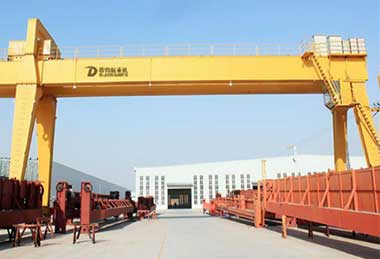
Gantry Crane
Full gantry & Semi gantry cranes of single girder gantry, double girder gantry & truss girder gantry crane designs, mounted on rail/ rubber tyre/castors for sale.
Similarities of bridge overhead travelling crane and gantry crane
Many of the components of a gantry crane are similar to those of a bridge beam cranes.
Distinctions of bridge overhead travelling crane and gantry crane
The biggest difference between the two is the cost of construction for a gantry crane is cheaper. To sustain the load, a bridge overhead traveling crane requires significantly more structure, which raises the crane's overall cost. Bridge overhead cranes need columns all the way down the crane to support the two run way beams, whereas gantry cranes only need one set of upright structures and no run way beams. Because a gantry crane may use the floor as a supporting structure, a typical installation will save thousands of pounds of steel and labor.
- Use of space- A gantry crane, for example, has no columns but does have a track that runs the length of the runway on the ground. This necessitates separating this section of the shop and reserving it solely for the crane. Everything is in the air in a bridge beam crane system, thus the space beneath the crane can be used for walkways, doorways, or storage. This area will not have crane coverage, but it is not dead space. As a result, a bridge overhead traveling crane will allow you to make greater use of space while covering the same area.
- Crane Safety and Maintenance-Both crane systems require regular maintenance and inspections by a competent individual. The components of a bridge overhead traveling crane will be higher above the ground, making inspection more challenging. All of the functioning parts of a gantry crane are on the ground and easily accessible. On the same note, the gantry crane's tracks will be more vulnerable to damage because they are on the ground. Because there are electrical and pinch points at ground level, gantry cranes represent an increased safety risk.
- Ability to Transfer Loads- One feature of gantry cranes that I believe is underappreciated is the ability to cantilever a load past the vertical upright and out of the crane's coverage area. This is very popular in shipyards, where a cantilevered part of a gantry crane is used to pull shipping containers off of ships and store them between the uprights. Another cantilever on the other side is used to load trucks. This can only be done with a gantry crane system since bridge overhead traveling cranes have fixed runway beams that prevent this. This type of operation has potential in a hybrid crane system over a steel yard, where the crane's cantilevered section is utilized to unload steel from a truck parked parallel to the crane's length. The material can be sorted and stored beneath the crane's main body. Another use that comes to mind is transporting a load across the crane boundaries from one shop bay to the next.With a bridge beam, you'd have to lower the load and move it across the dead space in some other way, whereas with a gantry crane, you could simply shift the load across a cantilevered part.
- Temporary Installation- In situations where the crane system is only a temporary installation in a building, a gantry crane would really shine. If you rented a shop or factory instead of spending the money on a bridge overhead traveling crane that would never leave the building, you could design a gantry crane system that could be transported to a new location at a later date with relative ease.
Types of gantry crane
Gantry cranes can be classified into several types based on different standards. To begin, gantry cranes are typically classified as full gantry cranes, semi-gantry cranes, gantry cranes with cantilevers, and gantry cranes without cantilevers. Gantry cranes are classified into single and double girder gantry cranes, rail mounted gantry cranes, portable gantry cranes, and many other types based on gantry beam design.

Single girder gantry crane
The single girder gantry crane has a simple structure, is simple to build and install, and has a low self-mass. The main beam is primarily a box-shaped structure that is off-track.

Double girder gantry crane
Double girder gantry cranes have a high lifting capacity, a large span, overall stability, and a wide range of options, but their quality is higher and their cost is higher than single-girder gantry cranes of the same weight.
Single girder gantry crane
The single girder gantry crane has a simple structure, is simple to build and install, and has a low self-mass. The main beam is primarily a box-shaped structure that is off-track. The overall stiffness is lower when compared to double-girder gantry cranes. As a result, this form can be used when the weight is Q50t and the span is S35m. L-shaped and C-shaped door legs are used on single-gantry gantry cranes. The L-shape is simple to fabricate and install, and the stress conditions are favorable. The L-shape has a low quality. However, the space available for lifting cargo through the legs is limited.The C-shaped legs are inclined or curved to allow for a large lateral space for the cargo to pass through.
Double girder gantry crane
Double girder gantry cranes have a high lifting capacity, a large span, overall stability, and a wide range of options, but their quality is higher and their cost is higher than single-girder gantry cranes of the same weight. It is classified into two types based on the main beam structure: box beam and truss. At the moment, the structure is generally more box-shaped. Finally, gantry cranes are classified into two types based on girder design: truss gantry cranes and box girder gantry cranes.
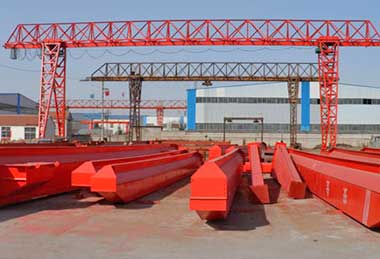
Truss gantry crane
Truss gantry crane - The structure of truss gantry cranes are made of angle steel or I-beam structural forms which have the advantages of low cost, light weight, and strong wind resistance.

Box girder gantry crane
Box girder gantry crane - Steel plates are welded together to form a box construction with great safety, rigidity, and other properties.
Truss type gantry crane
Truss gantry crane - The structure of truss gantry cranes are made of angle steel or I-beam structural forms which have the advantages of low cost, light weight, and strong wind resistance. Huge deflection, low rigidity, relatively low reliability, and frequent detection of welding spots are the shortcomings of truss beams due to the large number of welding points and faults in the trusses themselves. Low lifting weight and low safety standards make it ideal for sites where lower safety needs.
Box gantry crane
Box girder gantry crane - Steel plates are welded together to form a box construction with great safety, rigidity, and other properties. It's usually reserved for gantry cranes that have a lot of tonnage or enormous tonnage whereas has the disavantages of high cost, heavy weight, and low wind resistance.

Adjustable gantry crane
Adjustable gantry crane - Adjustable gantry cranes are used in warehouse applications where items must be moved through aisles, entrances, around impediments, and over or under obstacles. 1
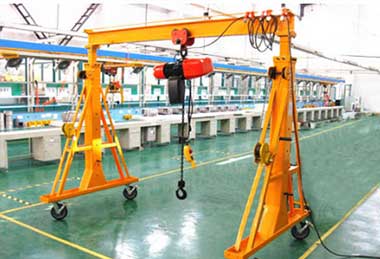
Portable gantry crane
Portable gantry crane-Portable gantry cranes are versatile, with the ability to be replaced and relocated, as well as the ability to travel quickly and easily from one job site to another.
Adjustable gantry crane
Adjustable gantry crane - Adjustable gantry cranes are used in warehouse applications where items must be moved through aisles, entrances, around impediments, and over or under obstacles. In welding facilities, fabrication industries, and other places, an adjustable gantry crane is frequently used to raise pieces and equipment which has high flexibility in adjusting lifting height and width.
Portable gantry crane
Portable gantry crane-Portable gantry cranes are versatile, with the ability to be replaced and relocated, as well as the ability to travel quickly and easily from one job site to another.
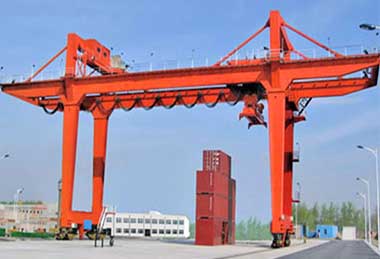
Rail mounted gantry crane
Rail mounted gantry crane -A rail-mounted gantry crane is used to move big loads through a defined route, either manually or mechanically.
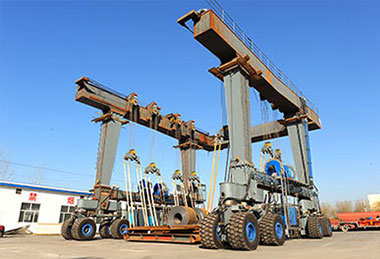
Ruber tyred gantry crane
Low crane cost RTG cranes is result of years rtg crane fabrication, wide rubber tyred gantry crane specifications at reasonable price for you.
Rail Mounted gantry crane
Rail mounted gantry crane -A rail-mounted gantry crane is used to move big loads through a defined route, either manually or mechanically.
Ruber Tyred Mounted gantry crane
Low crane cost RTG cranes is result of years rtg crane fabrication, wide rubber tyred gantry crane specifications at reasonable price for you.
What Are Gantry Cranes Used For?
Cranes with a full gantry or semi-gantry are widely employed in large fabrication applications or in outdoor yards such as rail yards, shipping and container yards, steel yards, and scrap yards.
They're also used in cement and precast applications for places where slab concrete is formed and cured. Their design enables them to be utilized outside while also allowing forklift trucks and other motorized traffic to work and pass beneath them.Typically, portable gantry cranes are used to lift and hold something in place while it's being worked on, fabricated, or assembled. The load isn't necessarily being moved through the facility, but the gantry itself can be moved around to work on different parts or equipment.
In comparison to a jib crane or workstation crane, portable gantry systems can provide more flexibility. A jib crane is usually installed on a poured concrete base, and once it's in place, it's there for good. A smaller portable gantry crane can do the same job as a jib crane, but it can be moved about your warehouse as your company grows and you start optimizing and laying out warehouse space.
Gantry crane for general use
A common type gantry crane is one that is employed in a common application setting with no unique requirements. This gantry crane is the most popular because it can lift huge items and materials and has a lifting capacity of 100 tons and a span length of 435 meters. The gantry crane's work duty is increased if it is equipped with a grab or other type of under-the-hook devices or crane attachment.
Hydropower station gantry crane -The gantry crane at the hydropower station is used to lift and start the sluice gate, as well as undertake installation work. The gantry crane of the hydropower station has a lifting capacity of 80-500 tons. However, the span length is shorter among the 8-16m, and the lifting speed is lower at 15m/min.
Shipbuilding gantry crane - A gantry crane is used to maintain and assemble ships in the shipbuilding industry. It normally has two trolleys: one that travels on the top flange of the rail and the other that travels under the flange of the rail and is used to turn over the huge object. The shipbuilding gantry crane has a lifting capacity of up to 100-1500 tons. With a lifting speed of 0.10.5m/min, the span length can reach 185m.
Container gantry crane -On container ports, a container gantry crane is employed. A vehicle transports containers from the ship to the container yard, where a container gantry crane stacks them or loads them onto a truck to transport them, speeding up the entire process.Containers may be stacked in 34 layers and 6 rows using a container gantry crane. Tyre-mounted gantry cranes and rail-mounted gantry cranes are typical of container gantry cranes. Gantry crane lifts loads at a rate of 8-10m/min. The length of gantry crane is determined by the size of the containers with a maximum of 60 meters.
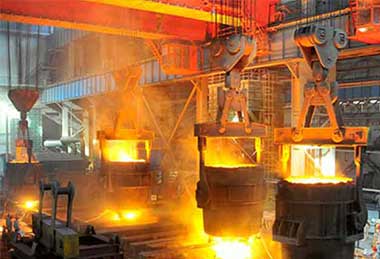
Metal Processing Industrial
Iron, steel, aluminum & basic metal processing industry cranes. Industry cranes for metal process- EAF charging & ladle crane, forging crane, finished product crane & scrap crane - for metallurgy harsh conditions, safe overhead travelling crane.
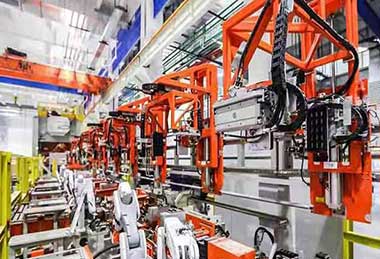
General Manufacturing
Types of industrial hoist & cranes for general manufacturing- Various types of industrial overhead crane systems for multiple sectors of manufacturing, integrated solution, maximum productivity, cost-effective price.

Mining Industry
Mining industry cranes, Coal mine crane systems - Safe industrial overhead crane & industrial gantry crane system for ore, limestone, coke, coal, slag, loose clay handling, explosion proof and durable.
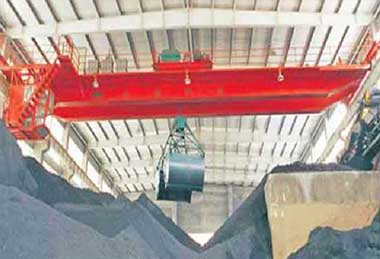
Energy Industry
Energy generation|Industril gantry cranes for types of power plants - Industril gantry cranes & hoists systematic solutions for various power plants,i.e, traditional fuel power & waste renewable energy, wind power, hydroelectric, biomass energy, etc.
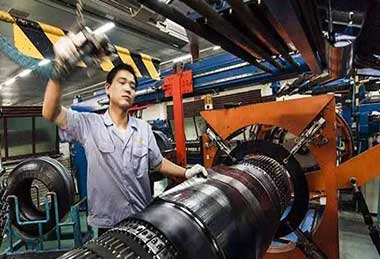
Machinery and Equipment
Industrial material handling cranes for mechanical engineering- Material handling cranes for mechanical engineering industry - overhead industrial crane solution for manufacturing of light & heavy machinery & equipment.
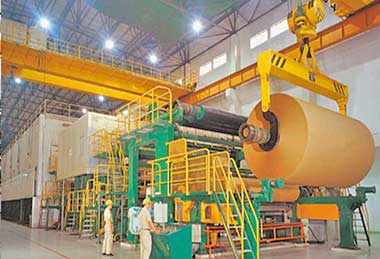
Pulp & Paper Industry
Pulp & paper| Industrial crane systems for paper making - Industrial overhead crane system for pulp & paper industry , full overhead travelling crane services, cost-effective paper making cranes for your paper mills.

Waste Management Industry
Waste management|Waste recycle & sorting industry cranes - Industrial overhead cranes for waste sorting&recycling. Types of industrial cranes in incinerator for mixing, stacking, handling and stirring of the waste materials, etc.

Wood , Timber & Furniture
Industril gantry cranes and hoists systems for timber & wood processing. Diverse overhead crane & hoists designs for material handling in sawmills or furniture plants, etc.
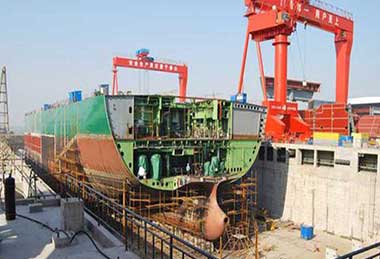
Shipbuilding & Boat Making
Industry crane systems for shipyard material handling, i.e, components assembly, boats & yachts lifting, etc. Reliable & safety industry crane system.
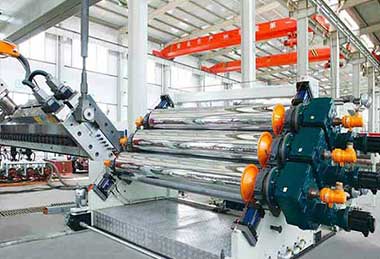
Plastic & Rubber
Industrial hoist and crane solution for plastic & rubber industry- Injection mould installation & Die exchanging- Efficient & Accurate heavy lifting systems.

Construction and Infrastructure
Industrial material lift for construction & infrastructure- types of industry overhead travelling cranes, gantry & hoist crane system- Reliable & cost-effective.

Chemical Industry
Industry cranes for chemical & petrochemical material handling, explosion proof overhead crane & hoist system for hazardous environment.
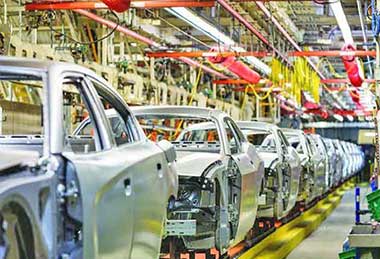
Automobile Industry
Automotive | Industrial overhead crane & hoist for automobile - Industril gantry cranes for automotive industry from press & assembly lines to workstations & warehouses, i.e., open winch crane & Light kbk, jib crane & chain hoists,etc.
How to design a Gantry Crane for your application?
While a gantry crane's design is flexible because it doesn't rely on building supports and also can be designed with mobile type. There are a few things to think about if you are considering the use of gantry crane in your business.
Power Delivery
Cable reel is a frequent electrification method for big outdoor gantry systems. To release, collect, and store conductor cable for crane equipment, cable reels use a simple design that is either spring-loaded or motor-driven. They can be fixed either stationary or on a swivel base, allowing the cable to be deployed in a variety of angles and orientations.
When you stretch a cable out 50', 100', or longer, it may sag. If the cable is sagging or laying on the ground as a result of a lengthy track system, the benefit of enabling motorized traffic to pass beneath the gantry system is no longer valid.
To keep your electrical off the ground, overhead crane manufacturers can collaborate with you to create a system that uses lightweight beams or a series of poles. Alternatively, portable gantry cranes can be configured with longer extension cords to handle power sources that aren't always as close to the work area where the crane is moved.
Indoor/Outdoor Use
If your gantry crane system will be used outside, you'll want to think about the paint or finish you'll use, as well as the material. Because the crane will be utilized outside, you'll want to select corrosion-resistant materials like stainless steel or galvanized steel that can tolerate UV exposure, salt water, dampness, and high heat or cold.
To endure the elements, you'll want to think about features like motor heaters and insulated electrical panels. To protect the trolley and hoist, you can even construct a "dog house" or enclosed area. These can either travel on top of the hoist the entire time or serve as a designated parking area at the crane's finish.
Nearby Foot or Motor Traffic
If they'll be moving a lot of traffic, forklifts, and carts in and out of an area where they need to use their crane, most individuals will opt for a gantry crane. Forklifts can be brought in to pick up items, and trucks can be brought in and out for loading with a larger gantry system. That's most likely the case; the larger ones we've done have been for that purpose.
Support columns, such as those used with bridge cranes, take up valuable floor space and hinder worker movement throughout the building. It will be much easier for your personnel to move around in that region if you can remove those support columns.
However, you must consider what equipment or workers are functioning nearby while using any form of gantry system. When a gantry is travelling along a rail or track—or even when a portable gantry is being transported through different parts of a facility—important it's to be aware of any potential obstructions with which the crane can crash. Electrical panels, end trucks, controllers, gear boxes, and any other components placed to the crane's legs could be damaged by any form of impact.
To reduce impact exposure, manufacturers might get creative with the placement of controls, gear boxes, and panels on the legs.
Fixed Axle vs. Rotating Axle End Trucks
You may choose to upgrade to rotating axle end trucks instead of fixed axle end trucks, especially on outdoor gantry systems. The gears and bearings of fixed axle end trucks are enclosed, and in an outside environment, dirt, dust, and debris can get within the gears. This debris can clog the gears and cause the motors to overheat.
Rotating axle end trucks are built to be a little more heavy-duty and sturdy, and they often have fewer parts, making them easier to maintain. Even in unclean, dusty, and outside settings, the gears are enclosed in a constant oil bath that keeps all debris out.
Even the design of the drive's gears can make a difference. When compared to a worm gear drive, a helical or bevel gear drive can be preferable. In the case of a collision, a helical or bevel gear drive might roll back on itself, reducing torque on the gears. Because worm gear drives aren't designed to run in reverse, they could break apart in the event of an impact.
Crane Speed
Gantry cranes are best used in situations when speed isn't a factor. A bridge overhead travelling crane can travel at a very rapid pace, however gantry cranes normally move their loads at a crawling speed.
Gantry crane review video
How to select gantry crane ?
Gantry cranes are ideal for high-volume lifts and provide a quick and efficient way to raise or move heavy goods through a yard, fabrication shop, or general manufacturing/warehousing environment.
To ensure that you build the most cost-effective and productive gantry crane system for your application, keep the following in mind:
- Duty services: Selection of the appropriate duty cycle or service classification ensures that the components are durable enough to endure the load and usage requirements.
- Choosing a Gantry System: Will you use a full gantry, a semi-gantry, or a portable gantry system? Is the gantry going to be moved on rails, track, or wheels?
- Workers or other equipment operating near the gantry: Will there be workers or other equipment working near the gantry? Will any components require extra protection or a different orientation to avoid damage in the event of a collision?
- Indoors/Outdoors: Will the crane be used both indoors and outdoors? On an outdoor gantry system, special paint processes, materials, and components may be necessary to endure the elements.
- Crane power supply: Will a cable reel enough for power distribution, or will a more tailored solution be required? Will there be a power source nearby if it's a portable gantry system, or will you need a longer extension cord?
We design and manufacture world-class overhead crane systems. We have more than 34 years of overhead crane experience and can create tailored solutions ranging from light-duty, cost-effective cranes to large-capacity, high-duty-cycle cranes.
Our knowledgeable team of Engineers, Estimators, and Project Managers can assist you in designing and specifying a cost-effective gantry crane system for your facility, production, or budgetary requirements. Please don't hesitate to get in touch with us if you'd like to set up a consultation.

